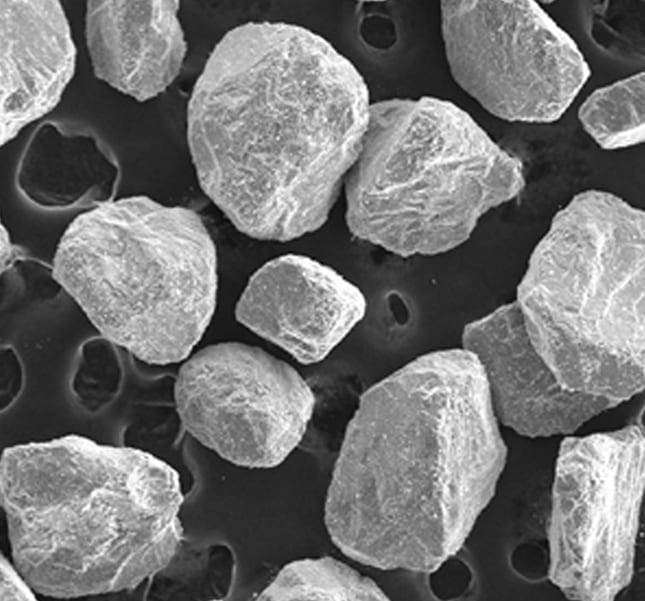 The high cost of titanium is the main obstacle for their expanded use in industry. Now, researchers at the University of Utah have developed a new process, termed as hydrogen sintering and phase transformation (HSPT) process, for producing near-net-shape titanium components with superior mechanical properties and significantly reduced energy consumption and processing costs compared to forged and machined parts.
The high cost of titanium is the main obstacle for their expanded use in industry. Now, researchers at the University of Utah have developed a new process, termed as hydrogen sintering and phase transformation (HSPT) process, for producing near-net-shape titanium components with superior mechanical properties and significantly reduced energy consumption and processing costs compared to forged and machined parts.
The new process is based on sintering Ti in a hydrogen atmosphere and controlling an eutectoid phase transformation from β to α+δ immediately following the densification step in accordance with the Ti-H phase relationships. In this new process, hydrogen is a temporary alloying element. Remaining hydrogen after sintering can readily be removed in vacuum at a moderate temperature.
Titanium and Ti alloy powders are usually sintered in high vacuum which normally yield rather coarse grain microstructure, limiting their mechanical properties, thus potential applications.Further improvement of properties of vacuum sintered materials is possible only through thermal mechanical working at significantly increased costs. By employing the HSPT process, the microstructure can be refined in as-sintered state without resorting to the costly post-sintering processes. The HSPT process has been successfully applied to both CP-Ti and Ti-6Al-4V alloy.

















